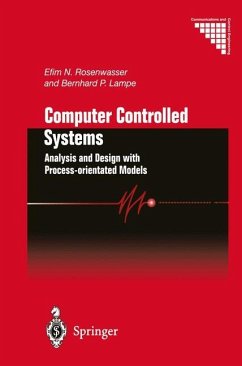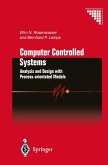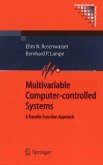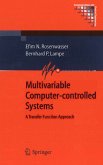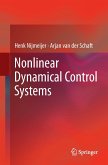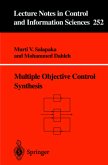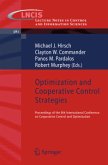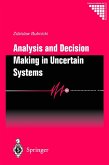Digital elements such as signal processors, microcontrollers or industrial PCs are widely used for filtering and control of continuous-time processes or plants. Because of the serial operation mode of these digital elements the continuous time processes cannot be served continuously. That is why continuous-time and discrete-time signals occur simultaneously in systems of this kind. The continuous (real) time also contains the discrete time instants - therefore, a complete and accurate description of such systems in continuous time is pos sible. However, this description proves to be more complicated, because the hybrid system becomes time-variable, also in cases, where all continuous-time processes and all digital elements are time invariant. Often digital elements operate with a fixed time period T, that leads to a periodically time-variable system. Besides the time sampling the use of analogue to digital and digital to analogue converters together with the finite numerical precision of the processors also results in amplitude quantization of the measuring and control signals. Taking into account these effects would lead to nonlinear models. Because these effects are often of minor influence but difficult in handling, in theory and practice it is generally accepted to consider mainly the pure time-quantization effect. Systems containing both continuous-time and discrete-time signals are usually called sampled-data systems (SD systems).
Bitte wählen Sie Ihr Anliegen aus.
Rechnungen
Retourenschein anfordern
Bestellstatus
Storno

